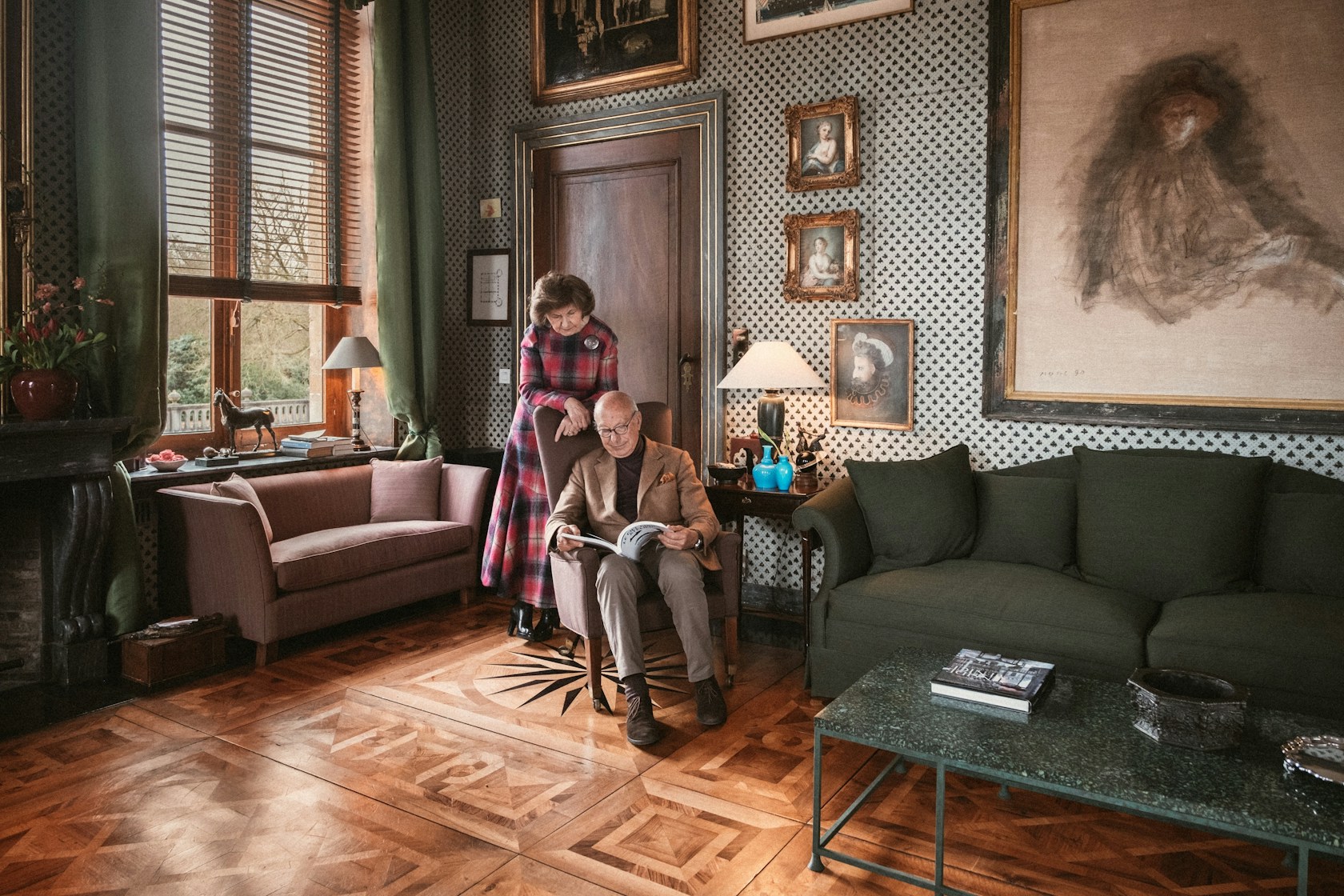
Art Dealer and Designer Axel Vervoordt Uncovers What Is Timeless and Universal Through His Collection of Art
Step inside Vervoordt’s historic castle to discover his thoughtful approach to living with art
- By Cheyenne Wehren
- Living With Art
“I started very young with this passion of living with beautiful things and loving art and lovely objects,” shares Belgian designer and art and antiques dealer Axel Vervoordt. Vervoordt started his antique business in 1969 at the age of 21 in the Vlaeykensgang, a medieval alleyway with fifteenth- and sixteenth-century houses in the center of Antwerp. “I turned one of the houses into my home from where I dealt in art and antiques. The process of restoring these houses gave me valuable lessons in my study of architecture and living with history. I didn’t have a proper ‘shop’ at that time, I preferred to work from my home and to invite my clients into my personal living area. So almost everything in my home was for sale. I dealt in silverware, furniture, tapestries, Old Master paintings, but also in Oriental sculptures and even contemporary art.” Designing interiors was a logical next step. “My wife, May, loved working with fabrics and colors and advised our clients for their interior. In the beginning, we worked with external interior designers, but very soon we engaged draftsmen and interior architects for our company. Now we work with a big team on about 25 projects worldwide.”

Today, home for the Vervoordts is a castle near Antwerp with roots dating back to the 12th century. They live among their collection of art, which ranges from antiques to contemporary art from all over the world. “I always liked to mix antique art and contemporary art, discovering what was timeless, what was universal. I think this dialogue between old and new has been a very important theme in my life.”
See how Axel Vervoordt lives with art and explore how his collecting philosophy extends far beyond his collection in the latest video from TEFAF's Living with Art series.











